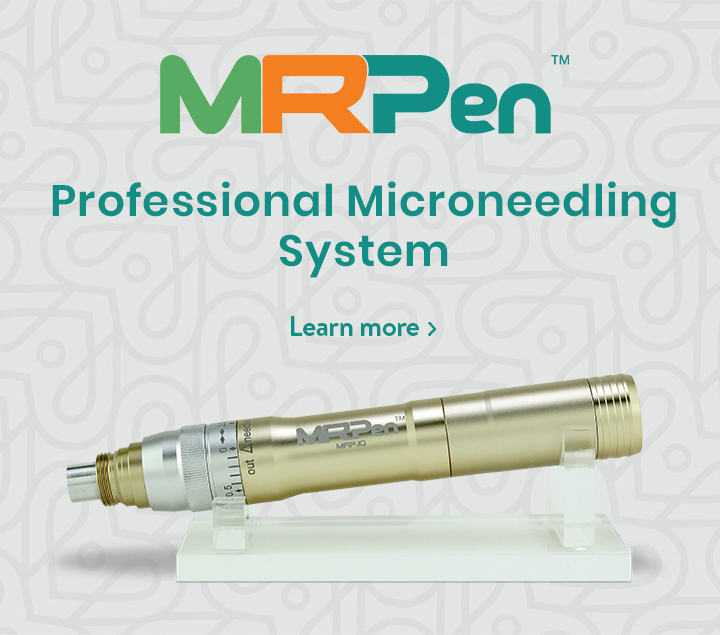IPL (Intense Pulsed Light) laser is a popular treatment in the field of medical aesthetics that uses broad-spectrum light to treat a range of skin conditions. As an aesthetic practitioner, it is important to understand the principles of IPL and how to use the technology safely and effectively. In this guide, we will cover everything you need to know about IPL laser.
- What is IPL laser?
IPL laser is a non-invasive light-based therapy that uses broad-spectrum light to target and treat various skin conditions. The treatment works by emitting a high-intensity pulse of light, which is absorbed by the skin's pigments, causing them to break down and be removed by the body's natural processes. IPL laser is commonly used to treat conditions such as pigmentation, acne, fine lines, and wrinkles.
- How does IPL laser work?
IPL laser works by emitting a broad-spectrum light that is absorbed by the skin's pigments. The light energy is converted into heat, which damages the targeted tissue, causing it to be removed by the body's natural processes. The heat also stimulates the production of collagen, which improves skin texture and reduces the appearance of fine lines and wrinkles.
- What are the benefits of IPL laser?
IPL laser has a range of benefits for patients, including:
- Improved skin texture and tone
- Reduction in the appearance of fine lines and wrinkles
- Reduction in the appearance of pigmentation and age spots
- Reduction in the appearance of acne and acne scars
- Increased collagen production
- Minimal downtime
- What are the risks of IPL laser?
While IPL laser is generally considered safe, there are some risks and potential side effects that practitioners should be aware of, including:
- Skin redness and swelling
- Blistering and bruising
- Changes in skin pigmentation
- Scarring
- Infection
It is important to properly assess each patient's skin type and condition before performing IPL laser and to follow proper safety protocols to minimize the risk of complications.
- How to perform IPL laser treatments
To perform IPL laser treatments, the following steps should be followed:
Step 1: Consultation - Start with a consultation to assess the patient's skin type and condition, discuss their goals and expectations, and determine if IPL laser is the right treatment for them.
Step 2: Preparation - The patient's skin should be cleansed and any makeup or skincare products should be removed prior to treatment. Protective eyewear should be worn by both the practitioner and the patient.
Step 3: Treatment - The IPL laser is applied to the skin in a series of pulses, targeting the areas of concern. The patient may feel a warm sensation or slight discomfort during the treatment.
Step 4: Post-treatment care - After the treatment, the patient's skin may be red and swollen. They should avoid sun exposure and wear sunscreen to protect the treated area. It is also important to provide the patient with post-treatment instructions and follow-up appointments to monitor their progress.
- IPL laser maintenance
To maintain the results of IPL laser treatments, patients should follow a good skincare regimen and avoid excessive sun exposure. They may also need periodic touch-up treatments to maintain their results over time.
In conclusion, IPL laser is a safe and effective treatment for a range of skin conditions. As an aesthetic practitioner, it is important to understand the principles of IPL laser and to follow proper safety protocols to minimize the risk of complications. With the right training and experience, IPL laser can be a valuable addition to your practice and help your patients achieve their aesthetic goals.



